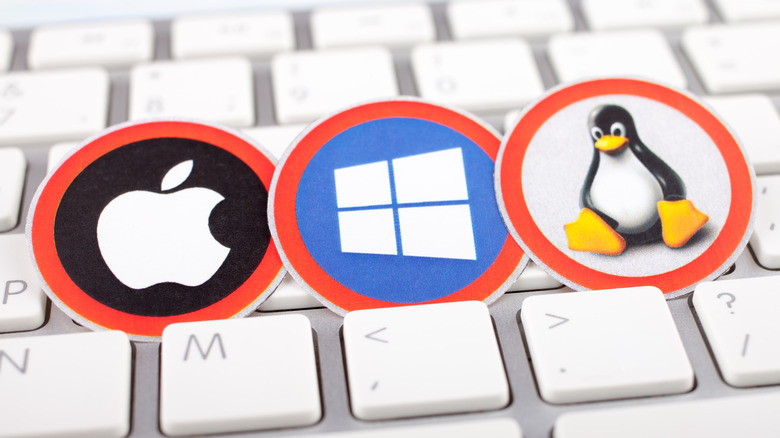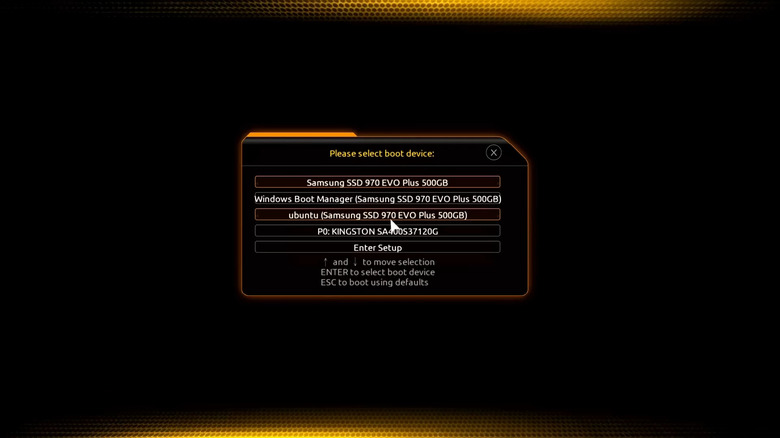What Is Dual-Booting On A PC And Why Should You Try It?
Most computers come with just one operating system, which is usually all you need. However, if you feel like trying out a different one later, you don't need to get a whole new computer. Dual-booting allows you to run two different operating systems on the same machine. This means you can switch between systems like Linux, ChromeOS, or macOS on a Windows PC. You can also install different versions of the same OS. So, if your laptop runs Windows 11, you can still use Windows 10 without interfering with your primary setup.
With a dual-boot setup, your PC lets you choose which OS you want to use each time it starts. If you want to switch to another one later, you simply need to restart your computer and select it from the bootloader menu. Each OS has its own hard drive partition, so they run independently without getting in each other's way. Even though systems are independent, you can still share files between them.
You can also go beyond just two and set up a multi-boot system to run several operating systems on the same computer. And if you change your mind, you can always remove one later.
Reasons to dual-boot on your PC
The obvious benefit of dual-booting is that it lets you use different operating systems without buying another computer. For instance, if you need Windows for work but prefer using Linux for personal use, dual-booting gives you the flexibility to switch between them whenever you like. It's also a great option if you're thinking about switching to a new operating system, like moving from Windows to MacOS, but want to test it out before committing to a pricey purchase.
Another reason to consider dual-booting is to run software that's only available on certain platforms. Maybe your favorite video-editing software or game only works on Windows, but you still want to use Linux for coding. With dual-booting, you can get the best of both worlds. Sure, you can also use a virtual machine to run different software, but it does have performance limits. If you're thinking about gaming, video editing, or doing anything that's resource-intensive, a virtual machine just won't cut it. Dual-booting avoids these issues by allowing each operating system to run independently. This way, both the operating systems can make full use of your PC's hardware.
Dual-booting also comes in handy if one of the operating systems becomes corrupted for some reason. In that case, you can use the other operating system to access and recover your data.
What should you know before dual-booting on your PC
Dual-booting a PC typically involves dividing your hard drive into separate partitions and installing an additional operating system. The exact steps can vary quite a bit depending on the operating systems involved, your PC's hardware, and the boot manager you choose.
Setting up dual-boot on a PC can be either simple or tricky. It really depends on the operating systems you're working with. For instance, pairing Windows with Linux or setting up Windows 10 alongside Windows 11 is usually pretty straightforward. It gets more complicated when you're trying to dual-boot Windows and ChromeOS, since ChromeOS is built to run on specific hardware.
Before setting up a dual-boot system, though, you should back up all your data to the cloud or an external storage device. Some operating systems might also require you to access the BIOS menu and adjust a few settings to get your system ready. Note that even with all the preparation, dual-booting may not always work smoothly. Security patches or BIOS updates can sometimes interfere with the setup and lead to problems.


